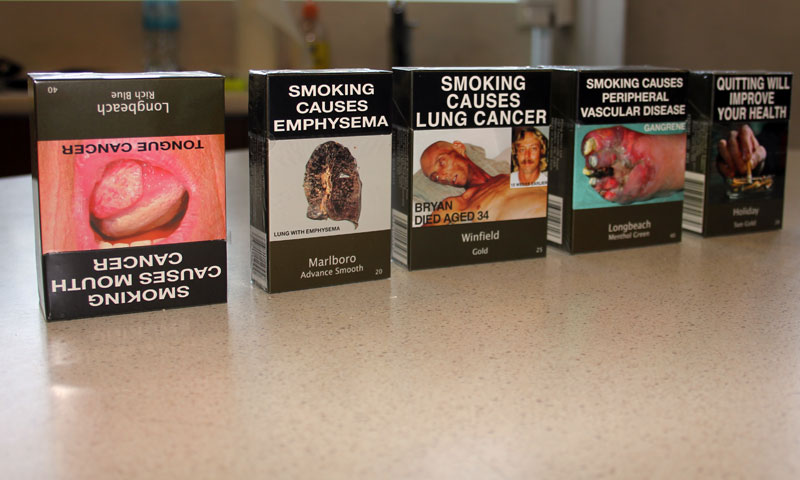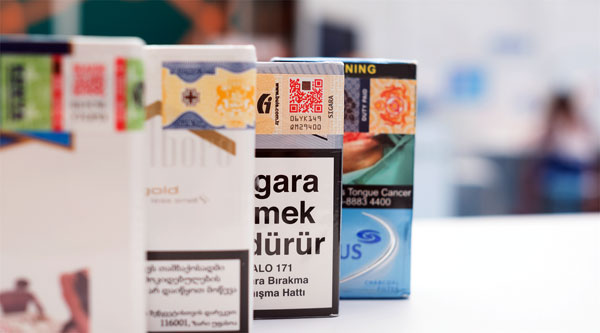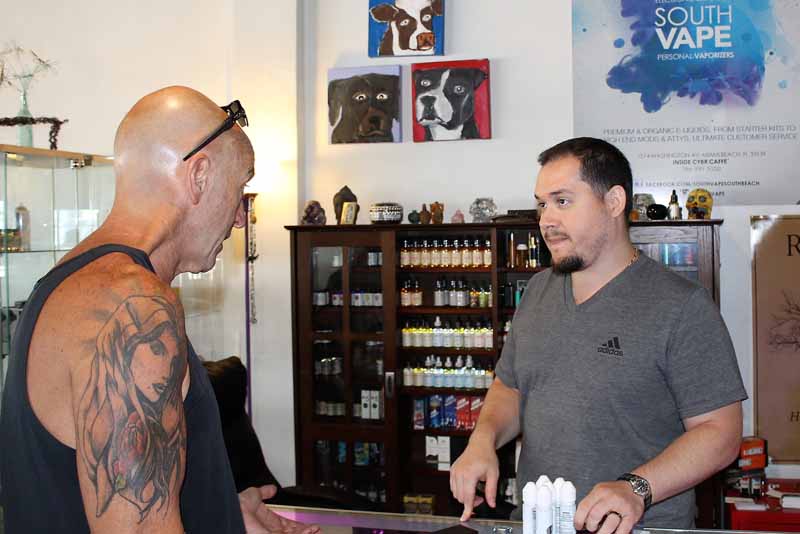Gilles Michel discusses Mayr-Melnhof Packaging’s plans for the recently acquired Tann Group.
TR Staff Report
In January, Mayr-Melnhof Packaging (MM Packaging) concluded its purchase of the Tann Group from its former family shareholders. The deal strengthens MM Packaging’s position in cigarette packaging with capabilities in tipping paper, which is technically closely related to the company’s existing business.
The Tann Group prints and finishes externally sourced paper and is a global leader in cigarette tipping products.
The Tann Group now operates as part of Mayr-Melnhof Cigarette Packaging, which is led by Gilles Michel. With nearly three decades of experience in the packaging and printing industry, Michel has managed MM Packaging’s cigarette packaging sales for approximately 15 years and, prior to that, he managed several of the company’s production facilities.‘
Tobacco Reporter asked Michel about MM Packaging’s plans for the Tann Group.
Tobacco Reporter: What was the rationale behind the acquisition?
Gilles Michel: We are connecting two leaders, Mayr-Melnhof Packaging and [the] Tann Group. Both companies produce their products—hinge lids/packaging and tipping paper, respectively—from fiber-based substrates: carton board and paper. There are considerable parallels between our businesses, including the fact that we use the same technologies.
Concentrating both products and activities in a unit is a perfect fit and creates a worldwide unique bundling of graphic supplies for the cigarette industry. This, in turn, helps meet the industry’s ever-rising demand for complex and innovative solutions in ever-shortening cycles.
What will change, and how are you going to concentrate strengths?
While keeping the established brands Tann Group and Mayr-Melnhof Packaging unchanged, we are going to become a single-stop shop for packaging and tipping paper with one voice to the customer and a close, experienced ear to the market. Our first common presentations as well as our joined appearance at the recent World Tobacco exhibition in Dubai were very positively received by our customers.
After a few months of cooperation in this new setup, it has become evident that we are building on a strong company culture and common understanding based on best practice in operations and innovation with a long-term dedication toward market success.
What are the current market trends, and how are you responding to them?
The industry is more and more driven by fast reaction times—in some countries driven by regulation, in others by competition. Demand has become more volatile over the course of the year, with an increase in complexity.
We are determined to stay on top of this ongoing transformation, building on a very strong customer base and a worldwide reach, as well as a highly motivated workforce that is dedicated to utmost flexibility.
While market volume is obviously dropping in line with decreased smoking prevalence, the outlook for value is more positive due to the cigarette producers’ increased focus on differentiation, branding and innovations such as HnB [heat-not-burn products]. Customers are upgrading their products, and we are offering a wide range of innovative solutions. The range goes from complex multicolor effect prints using special varnishes such as “soft touch” and includes innovations enhancing the design, such as laser imaging or delivering a multisensory experience. In addition, the trend toward haptic experience and aromas continues, and we cater to it with outstanding solutions.
Furthermore, interacting and communicating with the consumer via various functionalities is increasingly gaining attention. This comprises, for example, surface features that directly address the human senses.
On the other hand, cigarette machines are getting faster and faster. This means that the quality of packaging and tipping paper in terms of physical, mechanical and dimensional properties is absolutely crucial.
Last but not least, national and international regulations for tobacco products are becoming stricter. It is our challenge to follow these regulations by developing precise compositions and constructions of packaging and tipping paper without big room for variations. At the same time, we are obliged to maintain a qualitatively outstanding optical appearance of our products.
Looking forward, what are your plans for capital expenditure and expansion?
We remain committed to investing in new machinery and upgrades along with market demand and in line with customer requirements. Our biggest investment recently has been into a state-of-the-art factory in China, Tann Longyou, further positioning us as a leading supplier of tipping paper in the People’s Republic of China.
Moreover, we aspire to bring packaging machinery to our sites, which currently cover only tipping paper, with the aim to add value and service.
Certainly, speeding up performance based on quality, service, efficiency and innovation will continuously affect all operations. The reorganization of internal logistics and packaging is to play a major part involving more projects in automation and digitalization. This way, we will be able to even better support our customers in achieving success in their markets.
How would you describe your personal imprint on these undertakings?
Having been on the sales side of the business for the past decade and a half, I intend to keep solution orientation and close customer contact central to our approach along with a focus on the performance of our asset base.
Our mindset will continue to be characterized by trust, passion, highest product quality, a global perspective and the drive to innovate. Together, these values will take us and our customers to the next level.











